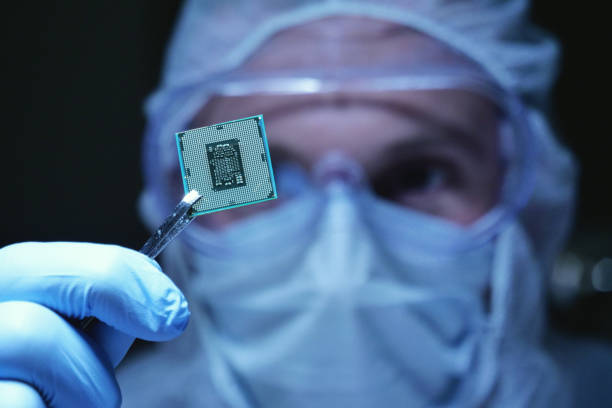Leveraging Biomimicry in Industrial Design
Biomimicry, the practice of emulating nature's time-tested patterns and strategies, is revolutionizing industrial design. This innovative approach draws inspiration from biological systems to create more efficient, sustainable, and resilient products and processes. By tapping into nature's 3.8 billion years of R&D, businesses are uncovering groundbreaking solutions to complex industrial challenges.

The Foundations of Biomimetic Design
Biomimetic design is rooted in careful observation and analysis of natural systems. Engineers and designers study biological organisms, their behaviors, and the ecosystems they inhabit to extract principles that can be applied to human-made products and processes. This approach requires a deep understanding of both biology and engineering, often necessitating collaboration between diverse fields of expertise.
The process typically involves identifying a design challenge, researching biological models that address similar issues, abstracting the underlying principles, and then applying these insights to develop innovative solutions. This methodology encourages designers to think beyond conventional approaches, leading to breakthroughs in form, function, and efficiency.
Applications Across Industries
The potential applications of biomimicry in industrial design span a wide range of sectors. In the automotive industry, for example, Mercedes-Benz drew inspiration from the boxfish to create a concept car with improved aerodynamics and fuel efficiency. The vehicle’s unique shape, mimicking the streamlined form of the fish, resulted in a drag coefficient 20% lower than conventional cars.
In architecture and construction, the Eastgate Centre in Harare, Zimbabwe, exemplifies biomimetic design. Inspired by the self-cooling mounds of African termites, the building uses a passive cooling system that maintains a comfortable temperature without conventional air conditioning, significantly reducing energy consumption.
Enhancing Material Performance
Biomimicry has led to remarkable advancements in material science. The gecko’s ability to adhere to surfaces has inspired the development of new adhesives that can bond and debond repeatedly without losing strength. These gecko-inspired adhesives have potential applications in manufacturing, robotics, and even space exploration.
Another example is the creation of self-healing materials inspired by the human body’s ability to repair wounds. These materials can automatically repair small cracks or damages, potentially extending the lifespan of products and reducing maintenance costs in various industries.
Optimizing Manufacturing Processes
Beyond product design, biomimicry is also influencing manufacturing processes. The concept of “additive manufacturing,” commonly known as 3D printing, draws parallels with how organisms build structures layer by layer. This approach allows for the creation of complex geometries with minimal material waste, mirroring nature’s efficient use of resources.
Furthermore, industrial ecologists are looking at natural ecosystems to design more sustainable and circular manufacturing systems. By emulating the closed-loop cycles found in nature, where waste from one process becomes input for another, industries can reduce their environmental impact and improve resource efficiency.
Challenges and Future Directions
While biomimicry offers immense potential, its implementation in industrial design is not without challenges. Translating biological principles into practical engineering solutions often requires significant research and development. Additionally, the complexity of natural systems can sometimes lead to oversimplification in biomimetic designs, potentially limiting their effectiveness.
Looking ahead, advancements in fields such as nanotechnology and materials science are expected to further expand the possibilities of biomimetic design. As our understanding of natural systems deepens, we can anticipate more sophisticated and effective applications of biomimicry across various industries.
Key Insights for Implementing Biomimicry in Industrial Design
• Start with a clear problem statement to guide your biomimetic research
• Collaborate with biologists and ecologists to gain deeper insights into natural systems
• Focus on underlying principles rather than direct imitation of biological forms
• Consider the entire lifecycle of your product or process, including disposal or recycling
• Invest in prototyping and testing to refine biomimetic concepts
• Stay open to unexpected sources of inspiration in nature
As we face increasingly complex industrial challenges, biomimicry offers a powerful framework for innovation. By looking to nature’s elegant solutions, businesses can develop more sustainable, efficient, and adaptive designs. The integration of biomimetic principles in industrial practices not only drives technological advancement but also fosters a deeper appreciation for the natural world. As this field continues to evolve, it promises to reshape our approach to design and manufacturing, paving the way for a more harmonious relationship between industry and the environment.





